Industrial projects, especially in the energy, oil and gas, and construction sectors, involve complex ecosystems of vendors, supervisors, and technicians. Each group plays a critical role in keeping operations running, but without effective coordination, even minor inefficiencies can cascade into costly downtime, missed deadlines, and safety concerns. This is why many enterprises are now adopting industrial workforce management software, as traditional approaches like manual logs, spreadsheets, and siloed communication channels are no longer sufficient to handle the scale and speed of modern industrial demands.
This is where centralized digital platforms come into play. By consolidating workforce management, vendor coordination, task tracking, and asset maintenance into a single system, businesses gain a powerful tool that improves efficiency, reduces operational risks, and provides real-time visibility across the entire workforce chain. At Ariel Software Solutions, we design and implement such platforms to help enterprises streamline their workforce management from vendors to technicians, ensuring seamless collaboration and measurable business outcomes.
The Complexity of Industrial Workforce Management
Managing industrial operations is not just about keeping machines running; it is about aligning people, processes, and technology. In projects that rely heavily on gas compressors and similar critical equipment, vendors are responsible for supplying manpower, managers oversee execution, supervisors ensure compliance, and technicians perform hands-on work. The interplay between these roles creates layers of complexity.
Common challenges include:
- Fragmented communication: Vendors, supervisors, and technicians often rely on separate reporting systems.
- Data silos: Information about shifts, maintenance, and asset availability is scattered across platforms.
- Manual inefficiencies: Paper-based logs and Excel sheets leave room for errors and inconsistencies.
- High stakes: Downtime in industrial environments can lead to significant financial losses and safety risks.
- Accountability gaps: Without centralized oversight, it becomes difficult to track responsibility or measure performance.
These challenges create operational blind spots, where decision-makers lack the accurate, real-time data needed to optimize workforce allocation and asset usage.
To dive deeper into how advanced tracking technologies address workforce challenges, read our blog Boosting Workforce Management Systems: The Essential Role of Geolocation & Biometrics in Efficiency.
What a Centralized Platform Brings to the Table
A centralized workforce management platform addresses these challenges by serving as a single source of truth for vendors, managers, supervisors, and technicians. It consolidates operations, enforces role-based access, and enables automation, ensuring that each stakeholder has the tools and information necessary to perform efficiently.
- Unified Data Hub
All workforce and operational data, shifts, maintenance schedules, task logs, and vendor records are captured and stored in one platform. This eliminates duplication and enables managers to make decisions based on accurate, real-time information.
- Role-Based Access Control (RBAC)
Security and efficiency go hand in hand. With RBAC, each stakeholder accesses only the data and functionalities relevant to their role. Vendors can update workforce details, supervisors can track compliance, technicians can log activities, and managers can oversee the big picture.
- Shift and Task Automation
Automation reduces administrative burden by streamlining repetitive tasks such as shift scheduling, workload distribution, and task tracking. This not only minimizes human error but also ensures resources are utilized optimally.
- Maintenance and Asset Tracking
Industrial equipment, like compressors, requires timely maintenance to avoid downtime. A centralized platform can automate reminders, log performance data, and track availability, ensuring proactive maintenance planning.
- Vendor Collaboration
Vendors play a critical role in industrial projects. A centralized platform provides them with transparent access to requirements, performance dashboards, and accountability metrics, fostering better collaboration and reducing conflicts.
Key Benefits for Industrial Companies
Adopting a centralized workforce management platform yields measurable benefits for industrial organizations.
- Improved Accuracy: Centralized data entry reduces inconsistencies and prevents duplication of effort. Technicians and vendors can log data directly, ensuring real-time accuracy.
- Enhanced Efficiency: Automated workflows for shifts, approvals, and reporting save valuable time and allow managers to focus on strategic decisions rather than routine tasks.
- Reduced Downtime: Predictive maintenance and real-time tracking help prevent unexpected breakdowns and ensure equipment is always available when needed.
- Better Compliance and Security: Role-based access ensures that sensitive operational data remains protected while also making compliance reporting easier.
- Cost Optimization: By optimizing manpower allocation, monitoring vendor performance, and preventing maintenance delays, companies can achieve significant cost savings.
The Technology Backbone
Behind every successful centralized workforce management platform lies a robust technological foundation. Ariel Software Solutions specializes in designing these systems with scalability, security, and integration in mind.
- Backend and API Development: Reliable APIs enable seamless integration with existing enterprise systems, ensuring data flows securely and efficiently.
- ASP.NET Framework: Known for its scalability and robustness, ASP.NET allows us to create modular platforms that can grow alongside a business’s needs.
- Cloud Enablement: Cloud-based platforms ensure accessibility from multiple locations while maintaining data security.
- Mobile Integration: Field technicians can log activities and supervisors can monitor performance in real time, even from remote sites.
- Advanced Analytics: Centralized platforms generate actionable insights from workforce and equipment data, helping businesses predict issues before they escalate.
For more insights on how digital platforms are transforming utilities, explore our blog Energy Reporting Software for the Modern Utility: Smart, Self-Service, and Audit-Ready.
Real-World Application
In a recent project, our team developed a centralized platform for a gas infrastructure project that relied heavily on compressors. Multiple vendors were involved in providing manpower, including technicians, supervisors, and managers. The client previously relied on spreadsheets and manual tracking, which led to frequent delays in scheduling and gaps in accountability.
By implementing an ASP.NET-based centralized platform, we enabled vendors and technicians to feed operational data directly into the system. Managers gained real-time visibility into maintenance schedules, workforce availability, and shift allocation. The result was a dramatic reduction in downtime, improved accuracy in reporting, and stronger collaboration across all stakeholders.
The Future of Industrial Workforce Management
As industries embrace digital transformation, centralized workforce management platforms are evolving to integrate emerging technologies:
- IoT Connectivity: Sensors and devices connected to compressors and other equipment provide real-time performance data.
- Artificial Intelligence: AI-driven insights optimize workforce allocation and predict maintenance requirements.
- Digital Twins: Virtual models of equipment can simulate performance and forecast failures before they occur.
- Predictive Analytics: Data-driven forecasting helps industrial companies plan workforce and vendor requirements with precision.
For organizations in energy, construction, and manufacturing, adopting these technologies is not just an option but a necessity to remain competitive.
Conclusion

From vendors to technicians, workforce management in industrial projects is inherently complex. Centralized platforms offer a clear path to simplification, efficiency, and accountability. By unifying data, enabling automation, and leveraging advanced technology, companies can reduce downtime, optimize costs, and ensure smoother collaboration across all stakeholders.
At Ariel Software Solutions, we specialize in building robust, scalable, and secure platforms tailored to the needs of industrial enterprises. With expertise in backend development, role-based access systems, and API-driven integrations, we empower organizations to transform the way they manage their workforce and assets.
If your business is ready to streamline operations and embrace the future of workforce management, Ariel is the partner you can trust.
Frequently Asked Questions (FAQs)
1. What industries benefit most from centralized workforce management platforms?
Industries with complex vendor and workforce ecosystems, such as oil and gas, energy, construction, and manufacturing, gain the most value from centralized platforms.
2. How does role-based access improve industrial workforce management?
Role-based access ensures that each stakeholder, from vendors to technicians, has access only to the data and tools relevant to their role, improving both efficiency and data security.
3. Can a centralized platform integrate with existing enterprise systems?
Yes. With API-driven development, centralized platforms can integrate with ERP, HR, and maintenance systems to ensure seamless operations.
4. How does automation reduce downtime in industrial projects?
Automation streamlines scheduling, task assignment, and maintenance reminders, ensuring timely actions that prevent equipment downtime and workforce delays.
5. Why choose Ariel Software Solutions for workforce management platforms?
Ariel brings deep expertise in backend development, ASP.NET frameworks, and industrial software solutions, offering customized platforms that align with your business needs and operational goals.




